Manilkara zapota
Manilkara zapota
(L.) P. van Royen, Blumea 7: 410. 1753; Moore & Stearn, Taxon 16(5): 382-395. 1967; Fl. North Amer. @ eFloras.org 8: 235; Malik, Fl. Pak. @ eFloras.org p.6; Achras zapota L., Sp. Pl. 2:1190. 1753; Syst. Nat. ed. 10, 2: 988. 1759; Jacq., Select. Stirp. Amer. Hist. 57. t. 41. 1763; A. zapotilla (Jacq.) Coville, Contr. U.S. Nat. Herb. 9:370. 1905; Manilkara achrus (Miller) Fosberg, Taxon. 13: 255. 1964; M. zapotilla (Jacq.) Gilly, Trop. Woods. 73: 20. 1943; Sapota achras Miller, Gard. Dict. ed. 8. art. Sapota no. 1. 1768.
Small or large evergreen tree, up to 18 m, with milky juice. Leaves crowded at the end of the branches, alternate, subcoriaceous; petiole 1-3 cm long; leaf blade elliptic, ovate-elliptic to oblong-elliptic, glabrous, 6-14 cm x 2-5 cm, base cuneate to attenuate, margin entire or sinuate, apex acute to acuminate, midrib prominent. Flowers axillary, solitary or in fascicles, bisexual, actinomorphic, hypogynous, white, small, 0.8-1.5 cm across; pedicels 1-2 cm long, rufous-tomentose. Sepals 6, in 2 series of 3 each, outer series darker with relatively larger sepals, 7-10 mm x 5-6 mm, ovate to lanceolate, apex acute to obtuse, tomentose. Petals 6, white, gamopetalous; tube 4-6 mm long; lobes 6, 7-11 mm x 3-4 mm, margins entire, apex irregularly 3-dentate, glabrous or sparsely hairy. Stamens 6, inserted in the tube opposite corolla lobes; filaments ca. 1 mm long, base distinctly dilated; anthers ca. 2 mm long, ovoid, bithecous, dorsifixed, dehiscence longitudinal; staminodes 6, alternating with corolla lobes, triangular-lanceolate, petaloid (white), slightly narrower and shorter than corolla lobes. Ovary 6-14 locular, hairy, ovules solitary in each cell; style shortly conical, persistent; stigma minute. Berries ellipsoid, globose or subglobose, 5-10 cm in diameter, epicarp thin, rough rusty brown, scaly, pedicels slightly enlarged distally, 2-10 seeded. Seeds 1.5-2.5 cm long, compressed, shining black, large obovate with a narrow ventral elongated scar.
Common Names: Chicle Tree, Sapodilla, Sapote, Naseberry, Nispero; Chikoo (Hindi)
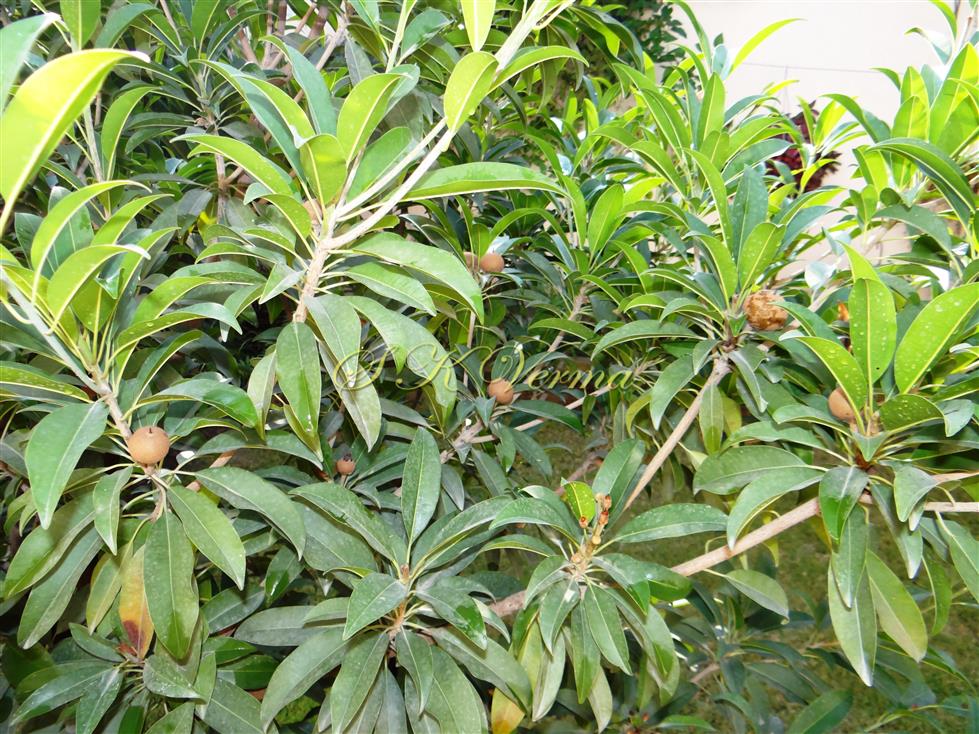

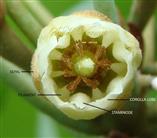
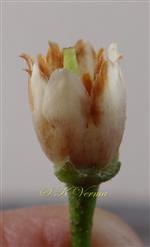
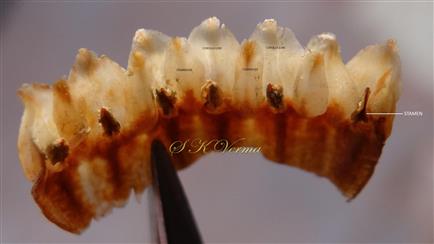

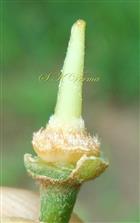
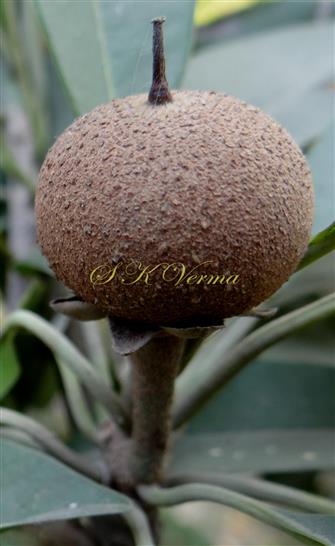
 T.S.-1614.jpg)






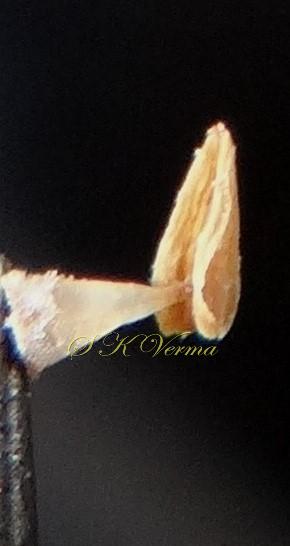


 T.S.-1614.jpg)